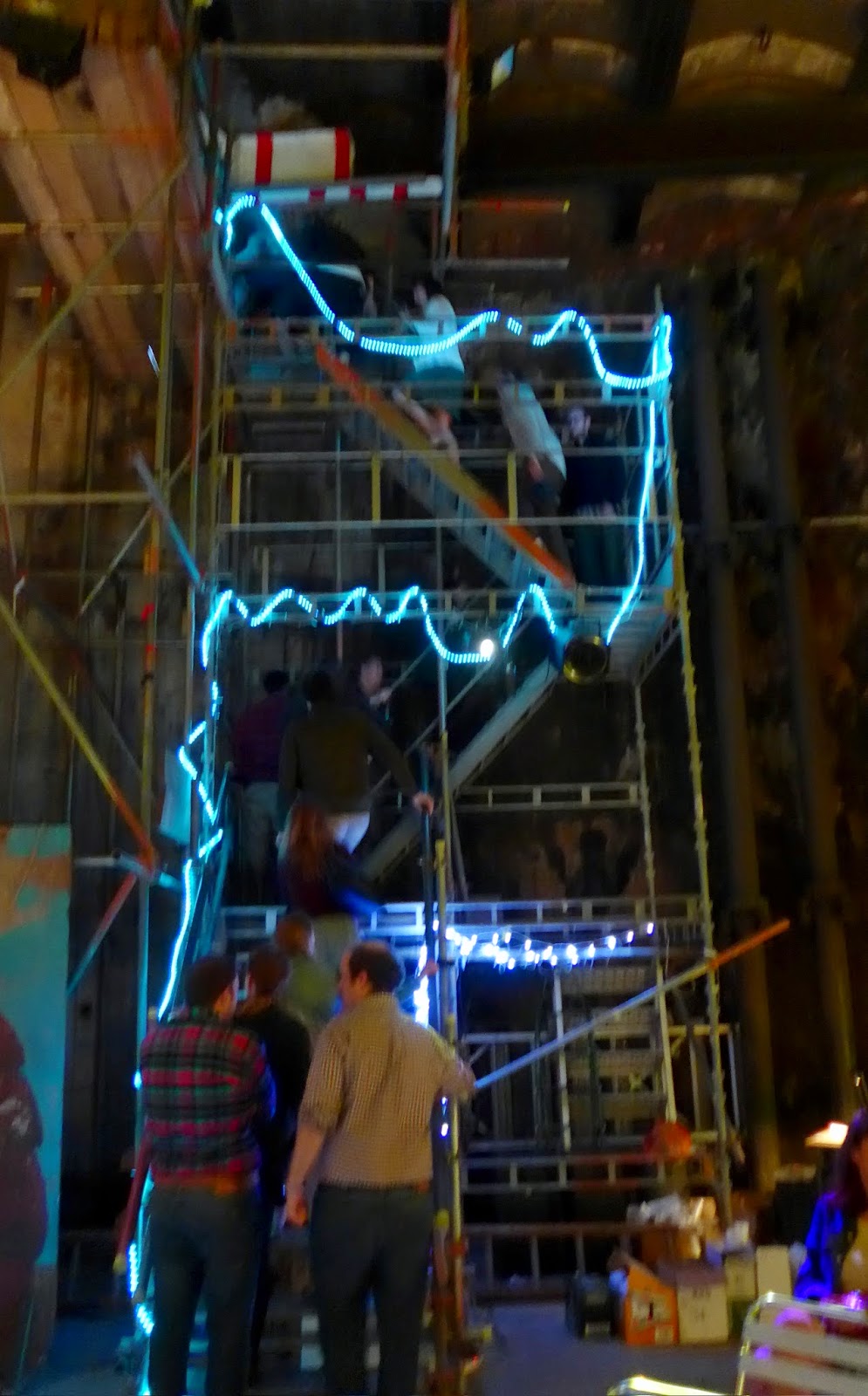It's 1943.
The latest and most innovative technology is being used by the British and the Americans
to communicate with each other via transatlantic radio-telephone
during the Second World War.
to communicate with each other via transatlantic radio-telephone
during the Second World War.
For security, a 40 ton scrambling machine, Sigsaly, has been installed
in the basement in Selfridges department store, Oxford Street, London.
A private extension is being installed at the Cabinet War Rooms,
for the Prime Minister, Winston Churchill's, private use.
A direct line to President Roosevelt.
Secrecy is of the utmost importance.
Where to put that extension?
For the Prime Minister's ears only.
For the Prime Minister's ears only.
The Transatlantic Telephone Room disguised as a toilet.
Perfect!
To keep this telephone top secret, a toilet lock was put on the door.
Surely Churchill's staff would never guess that when 'engaged',
behind that door Churchill was not spending a penny
but talking to the president of the United States of America.
No point waiting for the 'vacant' sign to appear, they were told.
This toilet was especially reserved for the Prime Minister, for his sole use.
It was to be kept locked at all times.
It was 'said' to be the only flushing toilet in Churchill's secret underground war rooms.
However, there was no running water in the underground Cabinet War Rooms.
Everyone else, his wife, Chiefs of Staff and office staff
had to make do with one of these,
the Elsan Chemical Lavatory.
Nice.
Or they could go upstairs to the ground floor of the building above.
However arrangements were made in case you were caught short in the night.
Clementine Churchill's bedroom.
more 'toilette' than toilet.
Perhaps a chamber pot was deemed too unseemly
for the bedroom of the wife of the Prime Minister.
Churchill doesn't seem to care though.
Nonchalantly on show at the end of his bed in his study bedroom.
The Cabinet War Rooms, now Churchill War Rooms
have been open to the public since 1984
and reassuringly do have public toilets with running water and a flush.
Details on the Churchill War Rooms website, here.















































.JPG)




















